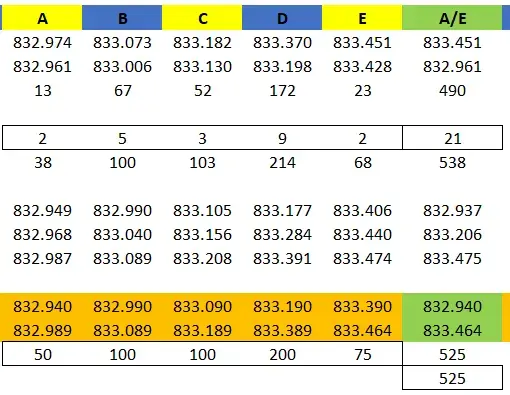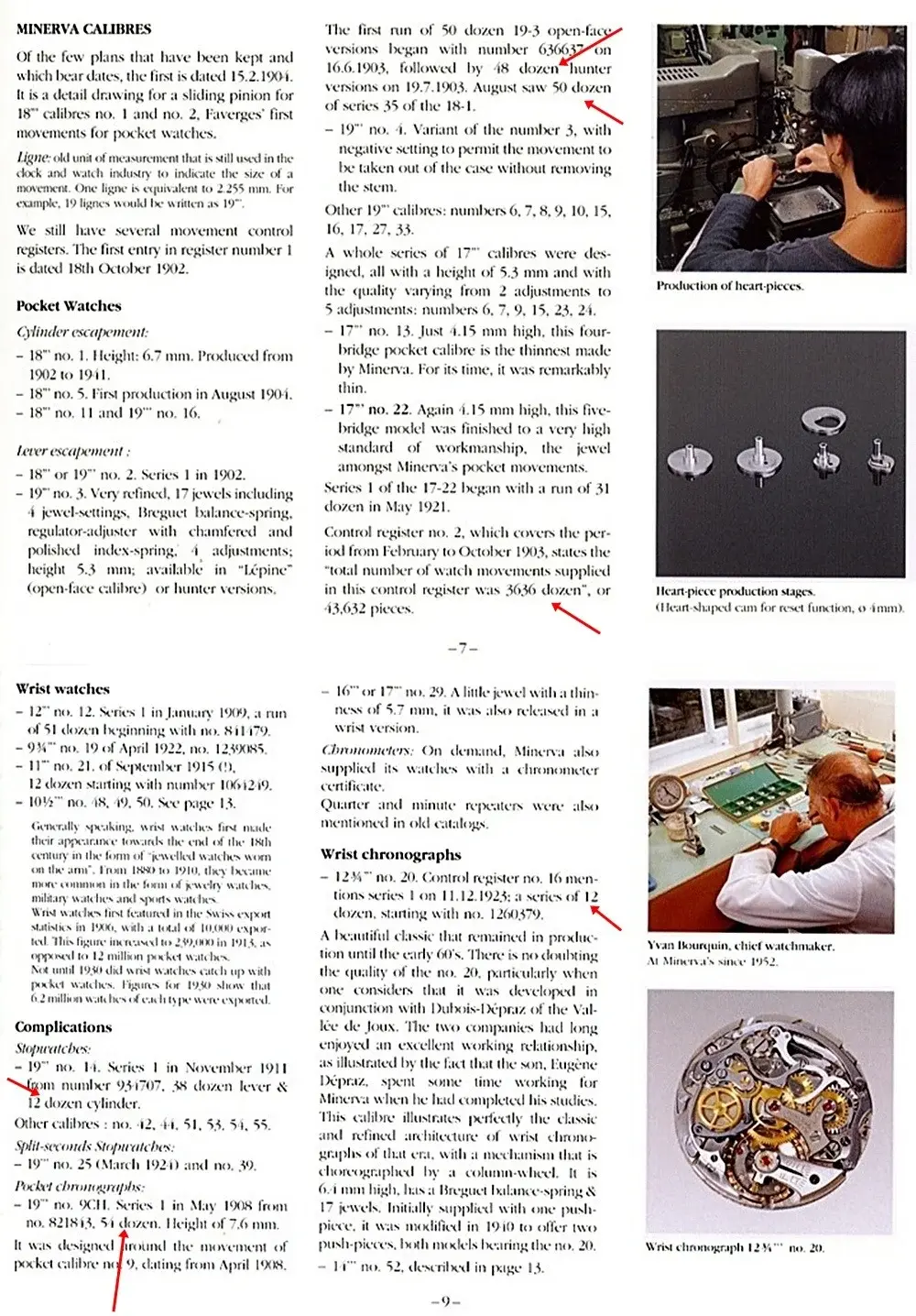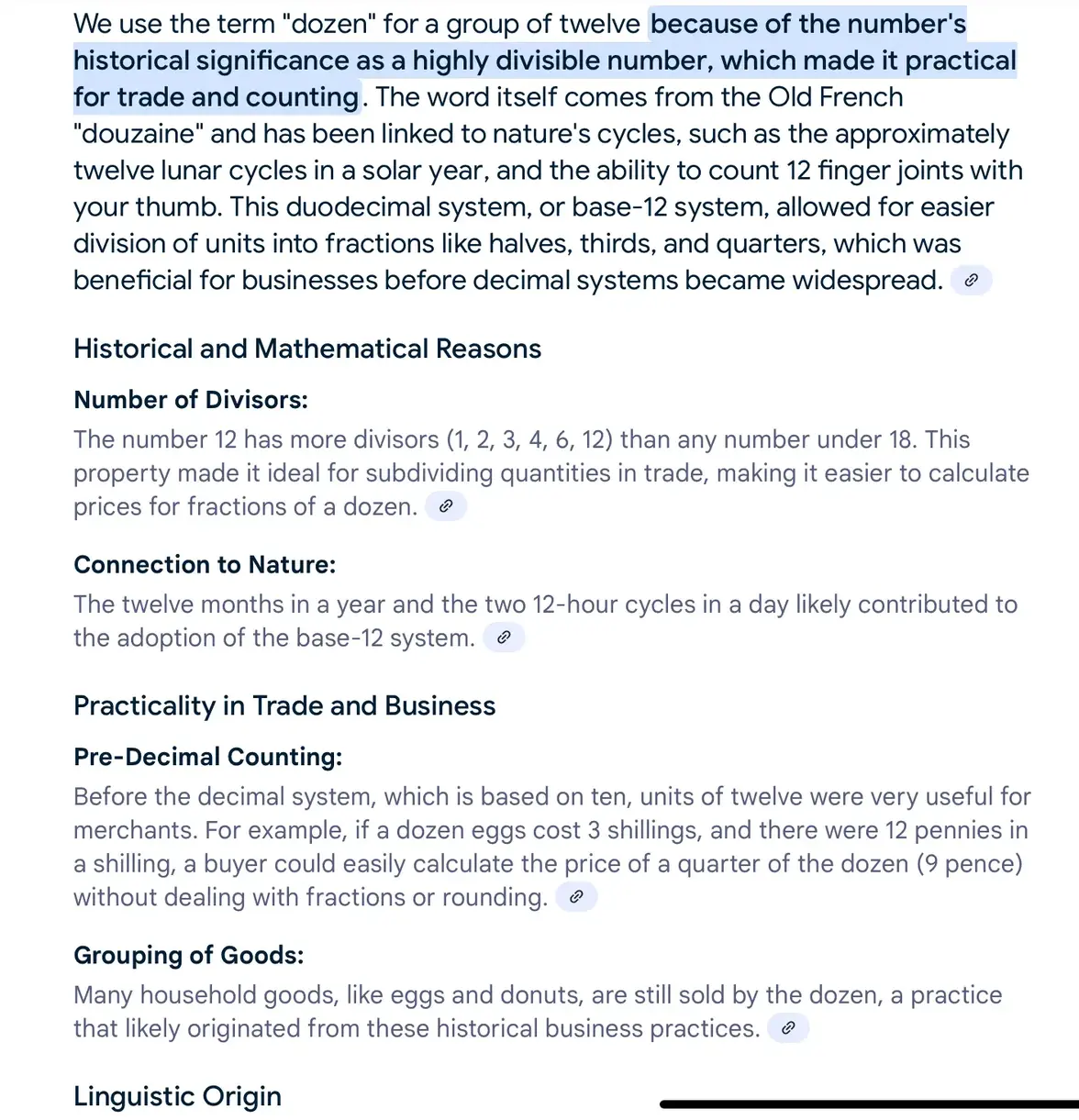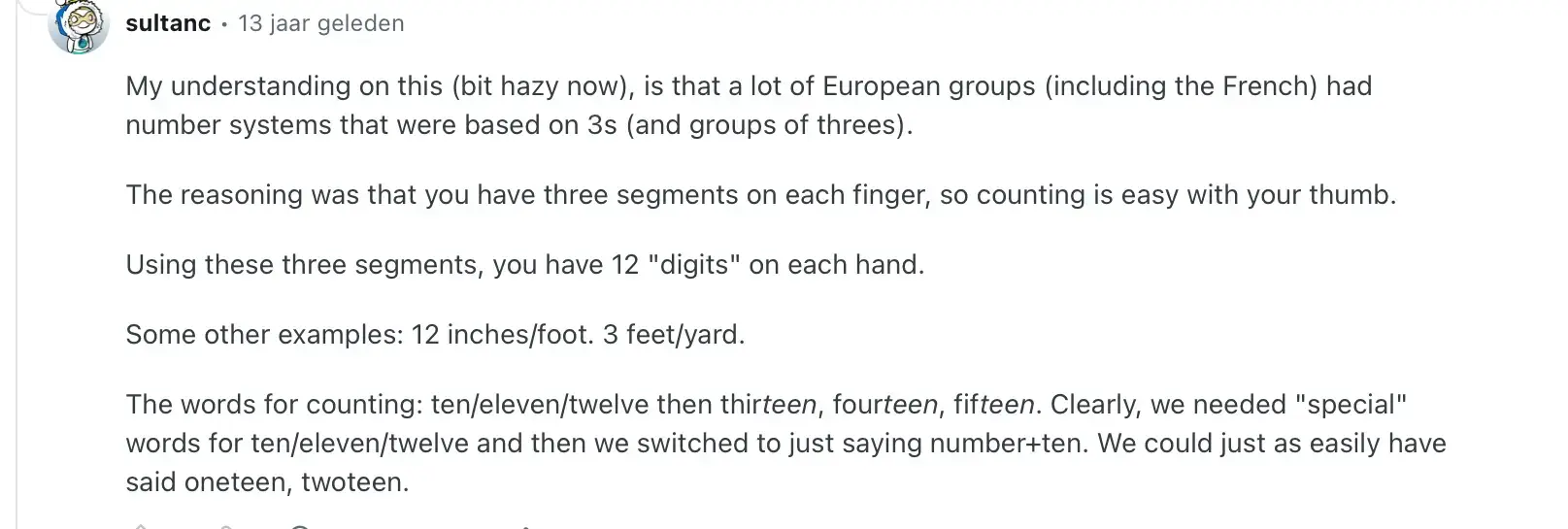Mark020
··not the sharpest pencil in the ΩF drawerSometimes I run into interesting stuff. Recenty this UG was posted on IG:
I always check the serials of watches like this against my mastertable of chronographs to see whether they fit in (actually: fit out) and this time it was a close call with a Zenith serial. This watch was sold in the past by L'Orologiese but no working links anymore unfortunately. Serial of the UG: 596.534, Zenith: 596.547. However: these numbers were not the only ones in the caseback. Both watches have a 2 digit number below the serial:
The UG 33 and the Zenith 10 (BTW: the 33 is not that well visible but the seller confirmed it). As I have written in the past some batches of UG appear to have been produced in 36, 72 of 144 pieces. I have concluded this based on the numbers below the serial and in this case this leads to a very interesting conclusion: the numbering of the UG batch connects seamlessly into the Zenith serials
The relationship between UG and Zenith in this period is well documented but this is quite a coincidence (albeit N=1 of course).
The interesting question is whether all batches were made in multiples of 36 and how long UG kept doing this. A recent example I ran into below.
Starting point was this:
Explanation:
A: reference (redacted because I don't want to give traders a reason to sell their watches with the '1 of 50 made argument'; if you know which references this table is about: don't mention it here please)
832.974: highest serial I know
832.961: lowest serial
13: 832.974 -/- 832.961
2: number of examples
38: tank number
3 numbers below: rough estimation of the batch
orange: batch
Column A/E (green) is basically the same principle but then with the numbers of the previous 5 columbs combined.
Recently I found an additional example of ref A: 832.997. This leads to the following table:
Bit of an odd pattern isn't it? Especially C with 90 is a bit off but 100 does not fit. However: when I tried 36 multiples it fits much better...
In this case probably a pure coincidence but still intruiging.
I always check the serials of watches like this against my mastertable of chronographs to see whether they fit in (actually: fit out) and this time it was a close call with a Zenith serial. This watch was sold in the past by L'Orologiese but no working links anymore unfortunately. Serial of the UG: 596.534, Zenith: 596.547. However: these numbers were not the only ones in the caseback. Both watches have a 2 digit number below the serial:
The UG 33 and the Zenith 10 (BTW: the 33 is not that well visible but the seller confirmed it). As I have written in the past some batches of UG appear to have been produced in 36, 72 of 144 pieces. I have concluded this based on the numbers below the serial and in this case this leads to a very interesting conclusion: the numbering of the UG batch connects seamlessly into the Zenith serials
The relationship between UG and Zenith in this period is well documented but this is quite a coincidence (albeit N=1 of course).
The interesting question is whether all batches were made in multiples of 36 and how long UG kept doing this. A recent example I ran into below.
Starting point was this:
Explanation:
A: reference (redacted because I don't want to give traders a reason to sell their watches with the '1 of 50 made argument'; if you know which references this table is about: don't mention it here please)
832.974: highest serial I know
832.961: lowest serial
13: 832.974 -/- 832.961
2: number of examples
38: tank number
3 numbers below: rough estimation of the batch
orange: batch
Column A/E (green) is basically the same principle but then with the numbers of the previous 5 columbs combined.
Recently I found an additional example of ref A: 832.997. This leads to the following table:
Bit of an odd pattern isn't it? Especially C with 90 is a bit off but 100 does not fit. However: when I tried 36 multiples it fits much better...
In this case probably a pure coincidence but still intruiging.
Edited:







